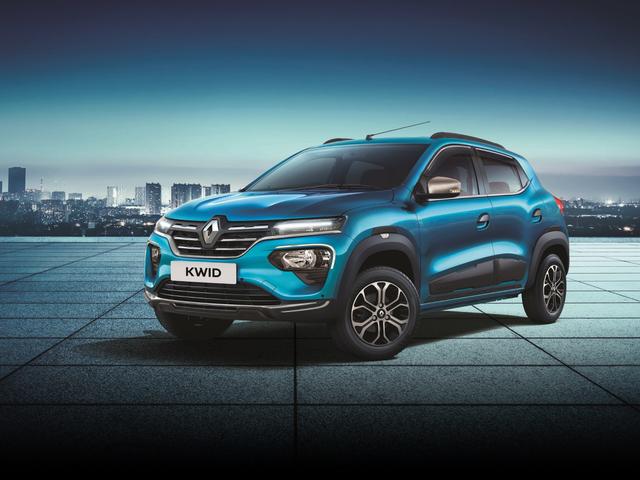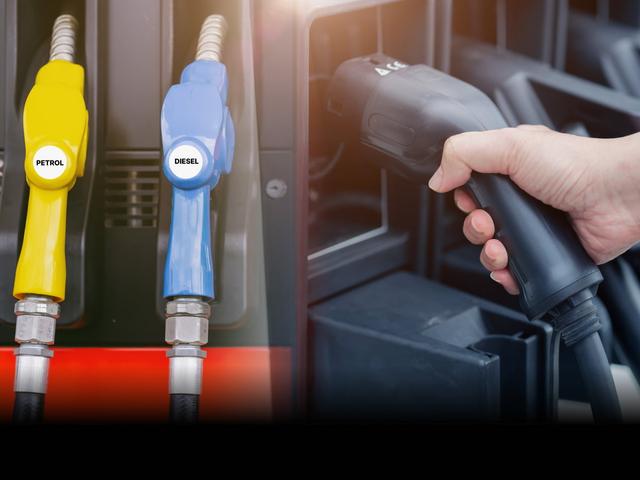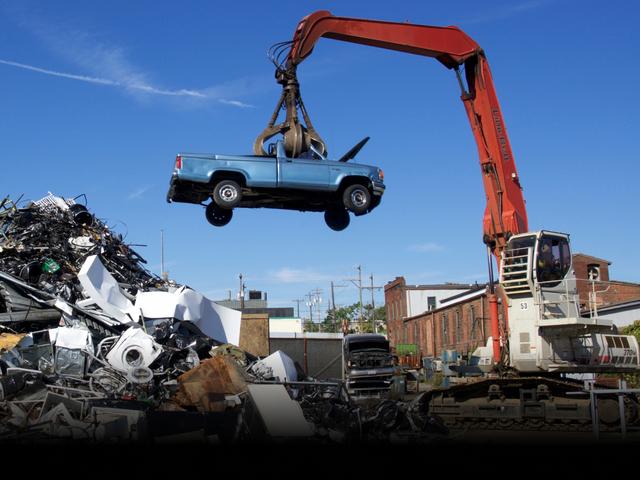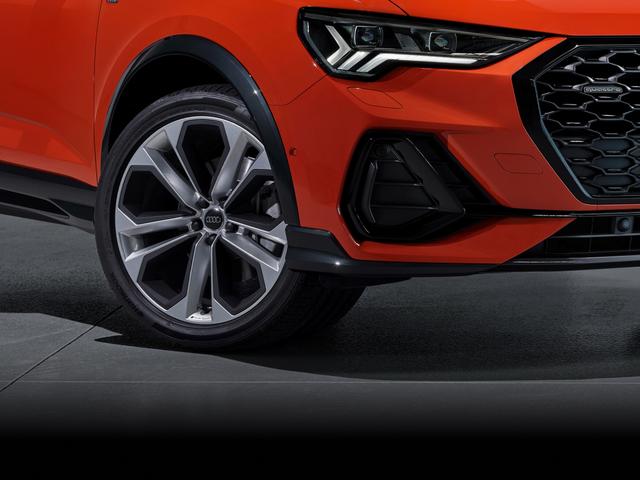Built with many moving parts, components in cars can fail, either due to wear with use over time, or faulty components. This is why modern automobiles are equipped with sensors that can detect an issue or failure, or sometimes before failure, to alert the driver with warnings. These warnings are usually displayed in the instrument cluster in the form of a warning light and sound. The most dreaded warning indication is the check engine light. What is it? Why should you care? What are the common causes for it to illuminate? And can you prevent it? Read below for the answers!
What is an Engine Check Light?
The check engine warning light is a symbol on your car’s instrument cluster, shaped in the silhouette of an engine. The engine check light turns on when the ECU (Electronic Control Unit) detects any problem related to the car’s engine or its components; its colour and light pattern indicate the seriousness of the problem.
Depending on the age of your car, the check engine light may illuminate only as this simple engine-shaped light on the instrument cluster. Cars with a driver information screen will show an error message along with the light. Modern cars with larger all-digital instrument clusters may be more specific about the engine check light fault and even display instructions on what to do next.
What to do when the Check Engine Light comes on?
- If it’s steady, don’t panic, but be alert: You can continue driving, but look/listen for signs that could point to more significant problems.
- If it blinks, it’s serious. Stop immediately: A blinking or red-coloured check engine light means the ECU has detected a significant issue. Pull over safely as soon as possible and switch off the engine, as continuing to drive could cause severe damage to your car.

- Use an OBD-II scanner: All modern cars made after 1996 have an On-Board Diagnostics (OBD) system since almost everything is monitored and controlled by an ECU. All cars have a diagnostic port, the location of which is given in the owner’s manual. The diagnostic tool is commonly called an OBD-II scanner.
OBD-II scanners vary in complexity and cost, but they all allow you to understand the problem detected by the ECU. The problem is shown as an error code, which helps you pinpoint the issue and either solve it yourself or seek professional help.
- Seek professional help: If your check engine light is steady and you don’t have an OBD-II scanner, visit a professional as soon as possible. Call roadside assistance (offered by your car manufacturer or insurer) or a nearby professional mechanic if the light is blinking or has turned red. Seeking professional help will reduce the impact of the problem and can potentially save you from hefty repair bills later.
Most common reasons why the Check Engine Light comes on
In increasing levels of severity, these are the common reasons why the engine check light switches on:
- Weak battery: As cars have modernised, their reliance on a battery's electrical power has increased.
A check engine light can warn you if the battery is weakening, with telltale signs like the engine startup taking longer or the car lights flickering. Switching the car on with a weak battery can damage parts of the ignition system, like the starter motor, which requires a lot of power. Weak batteries can result from age, long periods of unuse or improper use.
A professional can decide if a weak battery requires a simple recharge or a complete replacement. A jump start may be enough to start a car with a discharged but healthy battery, but a weak one must be replaced.

- Loose or damaged fuel cap: The humble fuel cap is essential in maintaining the optimum pressure of your car’s fuel system. A loss in pressure due to a loose or damaged fuel cap triggers the check engine light on.
A few clicks indicate that the fuel filler cap is properly closed. Signs of damage can include holes in the plastic top or bottom screw, cracked/misaligned bottom screw or even the presence of dust and other foreign particles on the inside of the fuel cap.
A loose or damaged fuel cap lowers performance and mileage and can lead to increased pollution; in severe cases, a lack of proper fuel flow could damage multiple parts of the engine and exhaust systems.
- Loose or damaged wires: Depending on your car's age, its wires can range from a few hundred metres to over 4km. A loose connection or any damage to the wires, primarily related to the engine, will result in the check engine light coming on.
Loose wires can be a quick fix, but damaged wires can lead to a complex and pricey repair.
- Old or damaged spark plugs: The spark plug is a small but powerful part of your car’s ignition system. The check engine light and signs like a loss of power, low mileage, rough idling, and a louder-than-usual engine may indicate that the spark plugs need your attention.
Dirt, oil, and other pollutants can build up over time on spark plugs, reducing their effectiveness. Timely maintenance involving a simple cleanup can make the spark plugs as good as new. Bad spark plugs can cause the engine to misfire, damaging expensive parts like the piston, cylinder walls, etc. In the worst cases, this simple part can damage the entire engine beyond repair.

- Oxygen sensor fault: A clean fuel burn is necessary for engine performance and mileage. The ECU uses many sensors to ensure an ideal air-to-fuel ratio, including the oxygen sensor. Also called the O2 or the lambda sensor, this component is found on the exhaust side of the engine. If no signal or unusual readings are received from the sensor, the engine check light will turn on.
Their location and complexity make oxygen sensors one of the more expensive parts to check, repair, or replace. While the fault can be diagnosed easily using an OBD-II scanner, repairing or replacing the part should be left to the professionals.
If not addressed, faulty O2 sensors can cause expensive damage to multiple systems in the engine and exhaust system. One of the most expensive parts in modern cars, the catalytic converter, heavily depends on efficient fuel burn; with a malfunctioning sensor, the catalytic converter could get clogged up and require an expensive replacement.
How to prevent Check Engine Light from Popping up
Periodic maintenance and careful driving are the only ways to prevent the dreaded check engine light from appearing.
Following the service guide given by your car’s manufacturer will keep your car in good condition and prevent issues from becoming problems. This also ensures you are eligible for warranties if a part fails due to manufacturing defects.

Driving with a sense of mechanical sympathy reduces the chances of premature wear and tear. Even after following the instructions above, there’s always a chance that the check engine light will switch on, but being alert and knowing what to do next will help reduce the impact of any issues that crop up.
Conclusion
The check engine light is a safety system in your car that lets you know that something is about to go wrong, is going wrong, or has gone wrong - and it needs your attention. There is no need to panic; follow the instructions above, and you can return to motoring with a smile.
But sometimes, a persistent check engine light indicates your car is past its prime. It’s about time you sold it and let it rest in peace. At CARS24, you can sell your old car with peace of mind - minimal paperwork, a hassle-free process, and instant payment.
FAQs
Q. Why does the check engine light pop up?
The engine check light indicates a problem in the car, usually related to, but not limited to, the engine.
Q. Is it safe to drive with the check engine light on?
If the engine check light is steady, you can keep driving. If it is blinking or has turned red, pull over safely as soon as possible, switch off the engine and call a mechanic.
Q. How do you fix the engine check light?
Solutions to fixing the engine check light can be as simple as closing the fuel cap tightly to complex repairs by a professional.
Q. Is the check engine light normal?
No, the engine check light switching on is not normal. It indicates a problem with your car.











.webp&w=828&q=75)





















.jpg&w=640&q=75)



